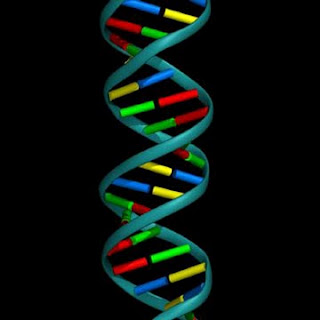
11/20/2008
10:00 am - 12:00 pm “Is Your Child a Target of Bullying?” Workshop
St. Paul Elementary School
3074 Liberty Hill Road
Summerton, SC
Gayle Munn, PRO-Parents of SC
Region 1, Education Coordinator
To register call: 1-800-759-4776 or (803) 772-5688

11/20/2008
6:30 pm - 8:30 pm Positive Behavioral Interventions (PBI) Workshop
Family Connection
St John’s Methodist Church
321 S. Oakland Avenue
Rock Hill, SC
Susan Bruce, PRO-Parents of SC
Region 3, Education Coordinator
To register call: 1-800-759-4776 or (803) 772-5688

11/20/2008
7:00 pm - 9:00 pm
* Positive Behavioral Interventions (PBI) Workshop
Florence DSS Office
Building 2685 South Irby
Florence, SC 29505
PRO-Parents of SC
South Carolina Special Kids Project
1-866-863-1512

11/24/2008
5:00 pm - 7:00 pm Communication Workshop
Walker Gamble Elementary
2358 Walker Gamble Road
New Zion, SC
Gayle Munn, PRO-Parents of SC
Region 1, Education Coordinator
To register call: 1-800-759-4776 or (803) 772-5688

12/08/2008
6:00 pm - 8:00 pm ADD / ADHD Workshop
Foothills Alliance
Watkins Community Center
204 South Main Street
Honea Path, SC 29654
Susan Bruce, PRO-Parents of SC
Region 3, Education Coordinator
To register call: 1-800-759-4776 or (803) 772-5688

12/10/2008
10:30 am - 2:30 pm Individualized Education Program (IEP) Workshop
Bamberg County DDSN
16553 Heritage Highway
Bamberg, SC 229042
Tanya M. Inabinet, PRO-Parents of SC
Region 2, Education Coordinator
To register call: 1-800-759-4776 or (803) 772-5688

12/11/2008
10:30 am - 2:30 pm Transitioning Out of Special Education
Sumter County DDSN
775 Electric Avenue
Sumter, SC 29153
Tanya M. Inabinet, PRO-Parents of SC
Region 2, Education Coordinator
To register call: 1-800-759-4776 or (803) 772-5688

12/12/2008
10:00 am - 12:00 pm Positive Behavioral Interventions (PBI) Workshop
Burton Center / Edgefield DDSN
Edgefield County Library
105 Courthouse Square
Edgefield, SC 29824
Susan Bruce, PRO-Parents of SC
Region 3, Education Coordinator
To register call: 1-800-759-4776 or (803) 772-5688

12/13/2008
11:00 am - 3:00 pm Parent & Student Rights In Special Education
Lee County DDSN
Gibbs Training Center
307 Chappelle Drive
Bishopville, SC 29010
Tanya M. Inabinet, PRO-Parents of SC
Region 2, Education Coordinator
To register call: 1-800-759-4776 or (803) 772-5688

12/15/2008
6:30 pm - 8:30 pm “Is Your Child a Target of Bullying?” Workshop
Upstate Parents Network
New Day Club House
1530 Ashville Highway
Spartanburg, SC 29303
Susan Bruce, PRO-Parents of SC
Region 3, Education Coordinator
To register call: 1-800-759-4776 or (803) 772-5688

12/16/2008
10:00 am - 12:00 pm Transition Into Special Education Workshop
Oconee DDSN
116 S. Cove Road
Seneca, SC 29672
Susan Bruce, PRO-Parents of SC
Region 3, Education Coordinator
To register call: 1-800-759-4776 or (803) 772-5688

12/16/2008
1:00 pm - 3:00 pm Inclusion Workshop
Oconee DDSN
116 S. Cove Road
Seneca, SC 29672
Susan Bruce, PRO-Parents of SC
Region 3, Education Coordinator
To register call: 1-800-759-4776 or (803) 772-5688
To see a complete listing of events, please click the title above.
 The South Carolina Assistive Technology Project through collaboration with Walton Options for Independent Living, has become part of the Southeastern Technology Access and Reuse Network (STAR), a regional initiative committed to finding alternatives to disposal of used durable medical equipment and assistive technology no longer being used by the original owner.
The South Carolina Assistive Technology Project through collaboration with Walton Options for Independent Living, has become part of the Southeastern Technology Access and Reuse Network (STAR), a regional initiative committed to finding alternatives to disposal of used durable medical equipment and assistive technology no longer being used by the original owner.




































